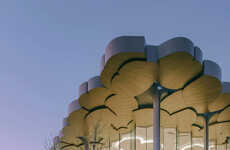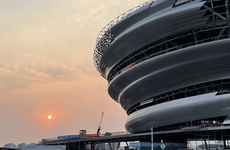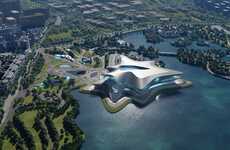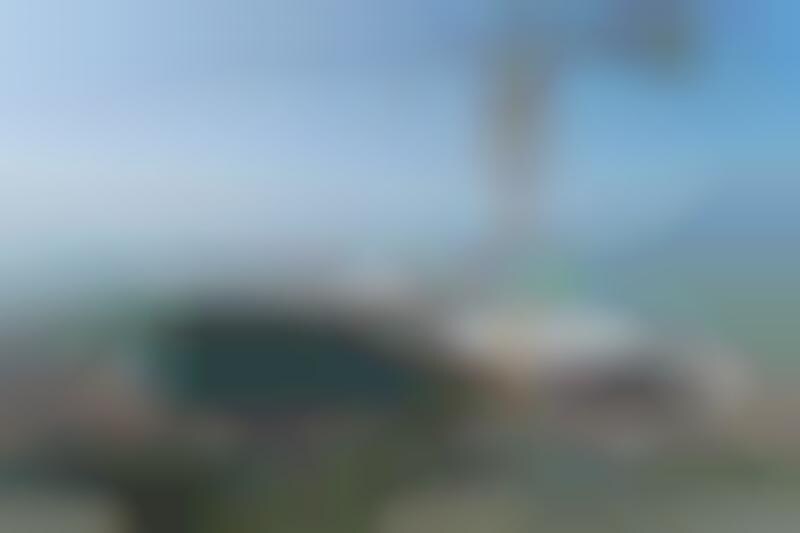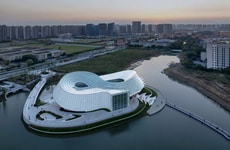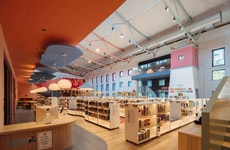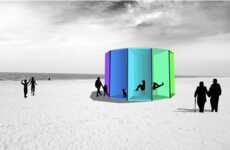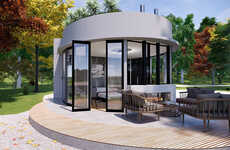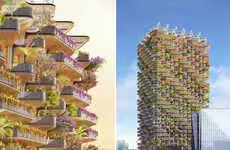
This Unique Library Building Overlooks the South China Sea
Rahul Kalvapalle — February 9, 2021 — Art & Design
Visitors to the city of Haikou in China's Hainan province will soon be able to visit a truly spectacular Chinese library complex that is an ode to truly audacious and bold architectural design, in addition to being a repository of around 10,000 books.
Developed by MAD Architects, the Wormhole Library will overlook the South China Sea. Its curved concrete walls hold within them a massive library space, a cafeteria, terrace area, amphitheater and space for parking bicycles.
In addition to its distinctive curved shapes, what makes the Wormhole Library project unique is the fact that its walls were crafted using CNC tooling and 3D-printing technologies.
Eye-catching in its appearance and rich in its contents, this Chinese library building is set to open in spring 2021.
Developed by MAD Architects, the Wormhole Library will overlook the South China Sea. Its curved concrete walls hold within them a massive library space, a cafeteria, terrace area, amphitheater and space for parking bicycles.
In addition to its distinctive curved shapes, what makes the Wormhole Library project unique is the fact that its walls were crafted using CNC tooling and 3D-printing technologies.
Eye-catching in its appearance and rich in its contents, this Chinese library building is set to open in spring 2021.
Trend Themes
1. Curved Architecture - The use of curved architectural design is becoming increasingly popular in building structures, leading to opportunities for innovation in materials and technology.
2. 3D Printing in Construction - The use of 3D printing technology in the construction industry can result in the creation of unique and complex structures that are more cost-efficient and sustainable.
3. Multifunctional Public Spaces - The integration of various functions in public spaces, such as libraries and parks, can lead to innovative solutions and experiences for users.
Industry Implications
1. Architecture - Architects can explore the use of advanced tools and materials to create structures with unique shapes and functions.
2. Construction - The construction industry can adopt additive manufacturing methods to create complex structures more efficiently and sustainably.
3. Public Sector - Public sectors can collaborate with architects and construction companies to create innovative and functional spaces that promote education and community interaction.
3.5
Score
Popularity
Activity
Freshness

